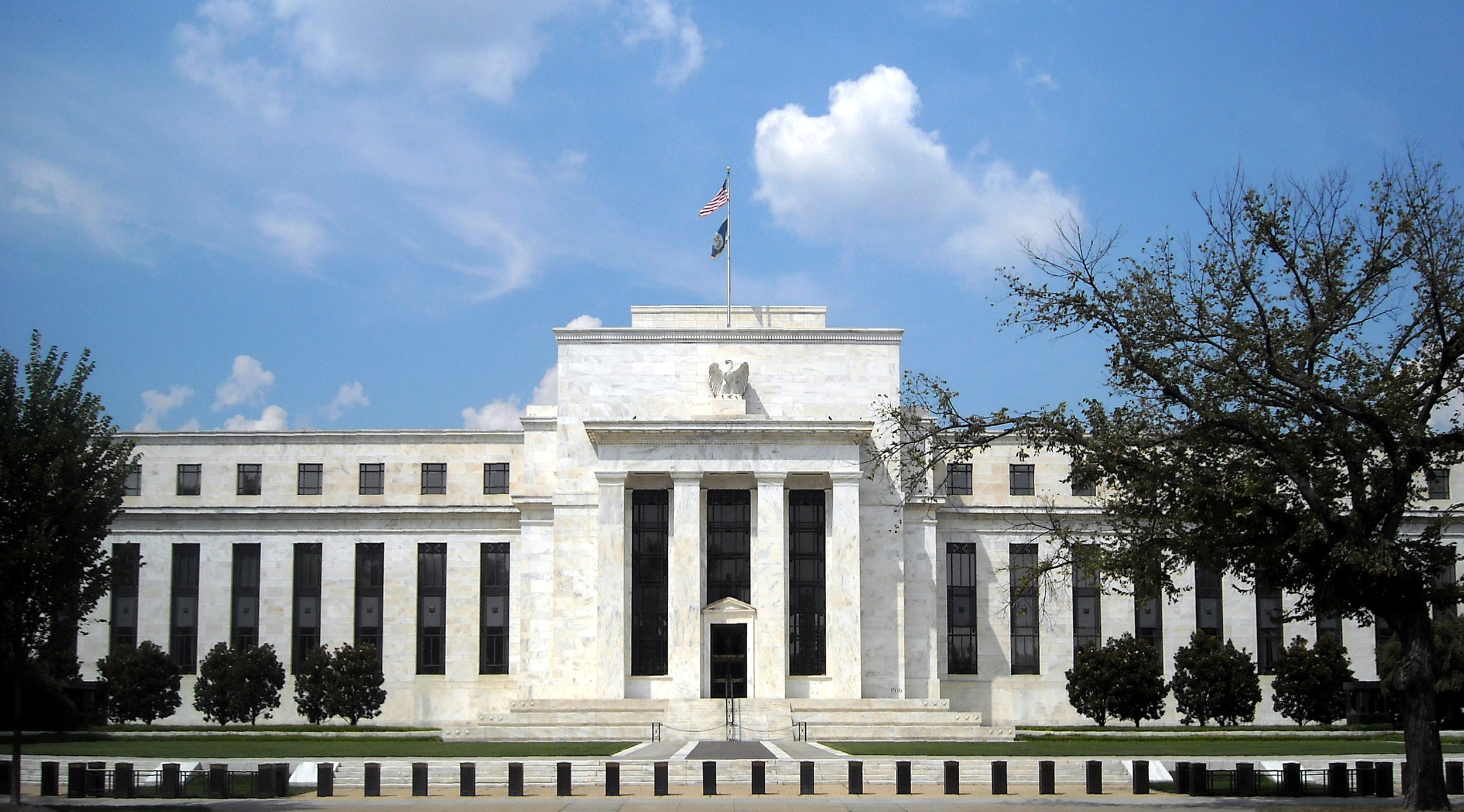It may well be that, in the US and UK, nominal GDP is growing in line with long-term market expectations.* It may well be that, though we will not bring aggregate demand back to its pre-recession trend, most of the big costs of this policy have been paid. And so it may be that my pet policy: nominal income/GDP targeting, is only a small improvement over the current framework here in the UK or in the US. But there is one place that direly needs my medicine.
As a whole, the Eurozone is currently seeing very low inflation, but plenty of periphery countries are already suffering from deflation. And this is not the Good Deflation of productivity improvements (can be identified because it comes at the same time as real output growth) but the Bad Deflation of demand dislocation. The European Central Bank could deal with a lot of these problems simply by adopting a nominal GDP target.

When it comes to macroeconomics, the best analysis we really have is complicated econometric models on the one side, and highly stylised theoretical models on the other. Both are useful, and both can tell us something, but they rely on suspending quite a substantial amount of disbelief and making a lot of simplifying assumptions. You lose a lot of people on the way to a detailed theoretical argument, while the empirical evidence we have is really insufficient to conclusively answer the sort of questions I'm posing.
In general, I think that very complex models help us make sense of detailed specifics, but that "workhorse" basic theoretical models can essentially tell us what's going on here. Unemployment is a real variable, not one directly controlled by a central bank, and a bad thing for the central bank to target. But in the absence of major changes in exogenous productivity, labour regulation, cultural norms around labour, migration and so on, there is a pretty strong relationship between aggregate demand and unemployment. Demand dislocation is almost always the reason for short-run employment fluctuations.
Unemployment rose everywhere in 2008-9. But it nudged down only marginally post-crisis in the Eurozone, whereas in the UK and US it soon began to steadily fall toward its pre-crisis rate (the red line, though not on this graph, has tracked the green one very closely). In the meantime the Eurozone rate has risen up to 12%. This is not at all surprising, given the almost complete flattening off of aggregate demand in the Eurozone—this means a constantly-widening gap with the pre-recession trend (something like 20% below it now).

Although intuitively we'd expect expectations to steadily adjust to the new likely schedule, three factors mean this takes a while: firstly the ECB is very unclear about what it is going to do (and perhaps unsure itself), secondly some plans are set over long horizons, and thirdly the lacklustre central-bank response to the 2007-8 financial crisis is unprecedented in the post-war period.
1. We have a huge literature on the costs of policy uncertainty—the variance of expected outcomes has an effect on firms' willingness to hire, invest, produce, independent of the mean expected outcome.
2. Many firms invest over long horizons. It may have become clear at some point in 2011, when the ECB raised interest rates despite the ongoing stagnation and weak recovery, that the macro planners, in their wisdom, were aiming for a lower overall growth path and perhaps a lower overall growth rate in nominal variables. And so, after 2011 firm plans started to adjust to this new reality. But many plans will have been predicated on an entirely different 2009, 2010, 2011, 2012, 2013, 2014, and so on. And as mentioned before, the gulf between what was expected for the mid-2010s back in 2007 and what actually happened is actually widening.
3. Thirdly, and finally, the period 2008-2010 is unprecedented and will have slowed down firm adjustment substantially. As mentioned above, even if firms set plans with a fairly short-term horizon (a few years) they wouldn't have been able to adjust to the new normal in 2008, 2009 and 2010 unless they really expected the ECB's policy of not only not returning to trend level, but not even return to trend rate!
All of these three issues are convincingly resolved by nominal income targeting. It's very certain—indeed the best version would have some sort of very-hard-to-stop computer doing it. It promises to keep up to trend. And it is very stable over long horizons.
Recent evidence reinforces the view, implicit in our models, that (unconventional) monetary policy is highly effective at the zero lower bound, even through the real interest rate channel (!) All the ECB needs to do is announce a nominal income target.
*This reminds me: isn't it about time we had an NGDP futures market so we could make claims here with any kind of confidence?











